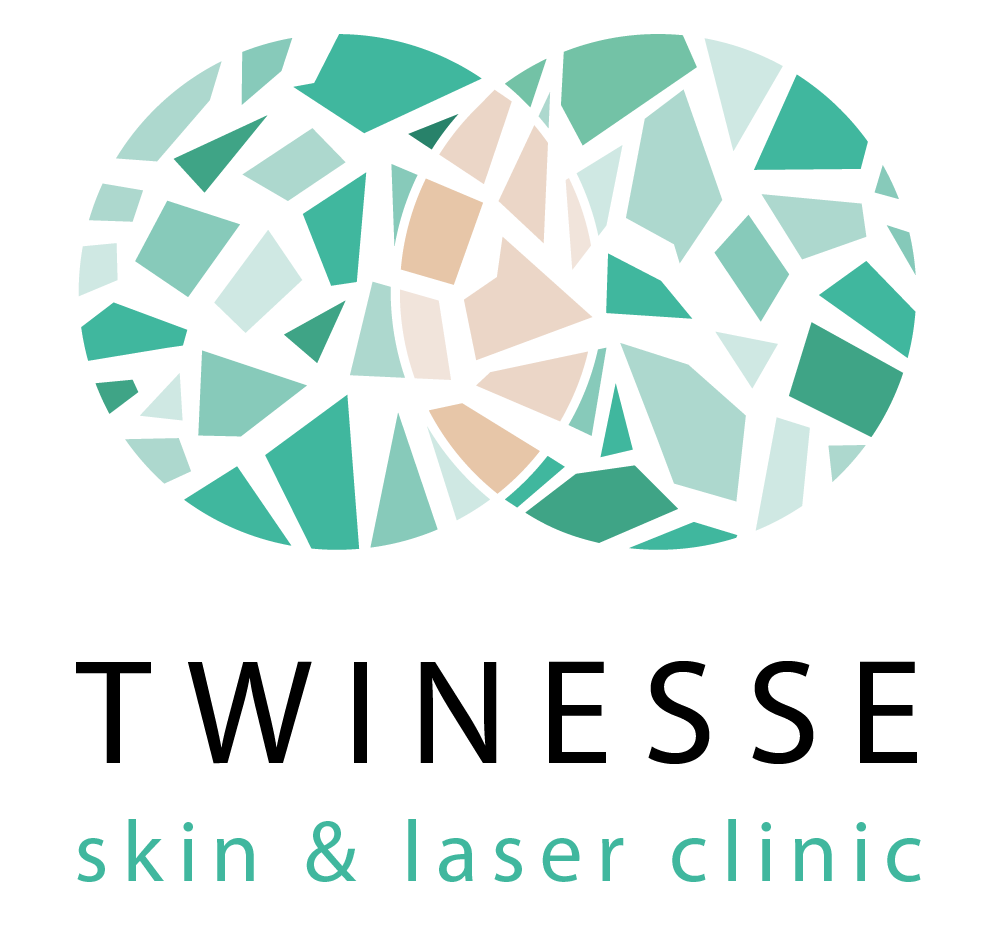LASER FACIAL HAIR REMOVAL
If you are tired of the inconvenience and constant removal of hairs by shaving and waxing, then laser hair removal may be an option worth exploring. Lasers are more effective and precise, and can selectivity target specific hairs for removal. Treatments are safe and quick, especially when targeting small areas on the face.
How the Procedure Works
During laser hair removal, the energy emitted targets and is absorbed by pigment in the hair which is then converted into heat and damages the hair follicles. The damage that is caused delays hair growth or, when in the correct hair stage, will stop hair growth.
What THE procedure FEELs LIKE
Forever Bare uses both pulse and motion technology to deliver low energy in multiple pulses, making treatment more comfortable, effective, and uniform. Patients may experience mild discomfort, some heat, and a mild pinching sensation. There is a cooling plate on the tip of the hand piece providing continuous cooling, making the treatment even more tolerable.
who is a good candidate
Laser hair removal is not safe for all skin types. Patients with dark hair and lighter skin are ideal candidates for laser hair removal. This allows the laser to focus and target its energy on the pigment within the hair and therefore not attracted to the pigment within the skin. Prior to treatment we will assess the skin to see if you are a good candidate and if the laser is safe for you.
number of treatments
Hair removal requires multiple sessions since hair grows in different cycles. The aim is to target hair during the active stage of hair growth which is when the hair follicle has a full root. When the hair follicle is successfully damaged, it is no longer able to produce hairs. For the face, the typical number of sessions needed are anywhere from 8-10 sessions depending on hair type and skin type and spaced out 4-6 weeks apart.
What To Expect Immediately After Treatment
Immediately after the session, the skin will be slightly pink and small bumps may develop on the treated areas. This is very normal as the bumps are an indication of the hair follicles reacting to the heat and energy. It is recommended after the treatment to avoid prolonged sun exposure, strenuous exercise, and other activities that may increase heat and irritation for the next 24-48 hrs.
When To Expect Results
Typically, after the first 2-3 sessions, many patients notice a small reduction. Hair reduction will be more noticeable with each session. Timing is important and for optimal results, a schedule must be followed and sessions should be completed every 4-6 weeks.
.
HOW TO PREPARE FOR TREATMENT?
Avoid prolonged sun exposure and tanning beds 2-3 weeks prior to your treatment as the lasers target is pigment. This includes sunless tanning as well such as spray tans, tanning mousse and self tanners. Discontinue the use of retinoids and AHA BHA creams. Do not take antibiotics, if you are actively on antibiotics you will need to be off the medication 1 week before treatments. Please come in with the treatment area shaved, clean and make-up free.
What Can I Expect After Treatment?
Immediately after the session the skin will be slightly pink and you may develop small bumps on the treated areas. This is very normal as the bumps are an indication of the hair follicles reacting to the heat and energy. We recommend after to avoid pro long sun exposure, strenuous exercise and other activities that may increase heat and irritation for the next 24-48 hrs.
Pre-Care
· Avoid prolonged sun exposure, tanning beds, spray tans and self-tanners 2-3 weeks prior
· Must be off antibiotics 1 week prior to your session
· Do not have any laser treatments in the areas to be treated 2 weeks prior to session
· Come in with treatment area shaved
AFTER CARE
· Avoid direct sun exposure and tanning beds for the next 2 weeks
· Must apply SPF40+ when outside for the next 2 weeks
· Avoid exercise and strenuous activities for 24 hours
· Avoid extended heat exposure for 24 hours (hot yoga, saunas)
· Do not do any laser treatments for the next 2 weeks in the treated areas

